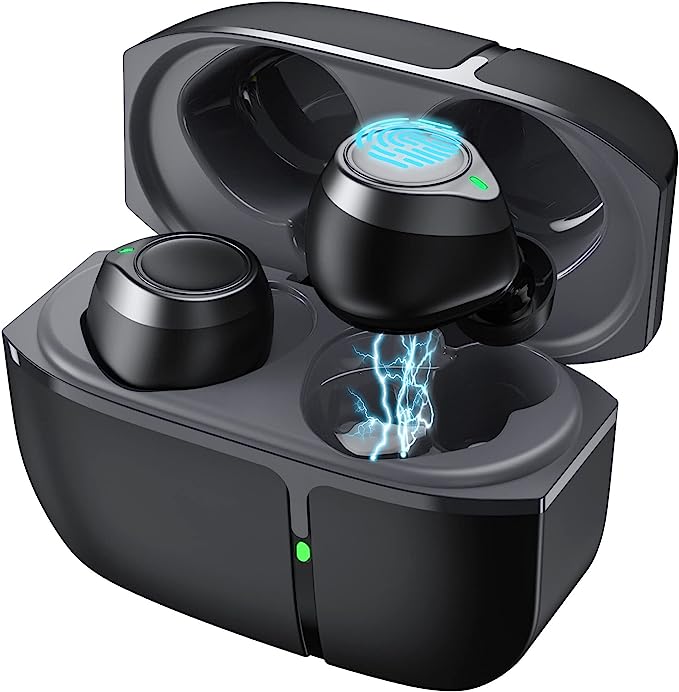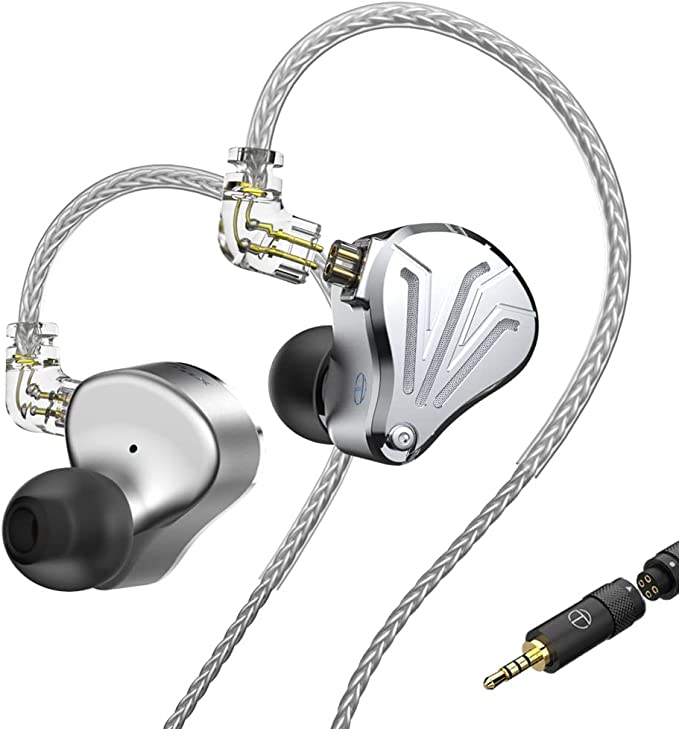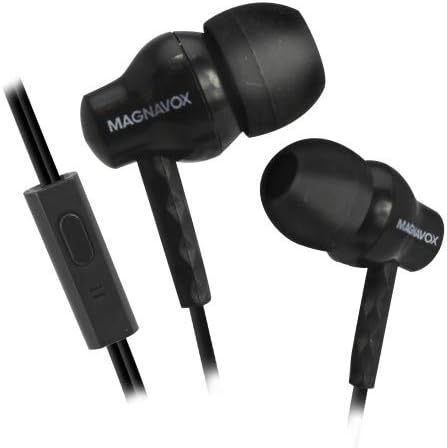The 6,000-Watt Lie: An Audio Engineer Deconstructs the Heart of Your Karaoke System
Update on Sept. 5, 2025, 8:04 a.m.
In 1971, a Japanese musician named Daisuke Inoue cobbled together a car stereo, a coin box, and a small amplifier to create a device he called the “Juke-8.” It allowed bar patrons to sing along to instrumental tracks. He never patented it, but he gave the world something extraordinary: Karaoke. His invention was a simple, elegant solution to a social desire.
Fast forward half a century. Today, I’m looking at the product page for a device like the IDOLmain IP-5900. It’s a 35-pound metal box bristling with inputs, glowing with blue LEDs, and making an audacious claim: 6,000 Watts.
As an audio engineer who has spent years in recording studios surrounded by equipment where every single watt is accounted for, that number sets off alarm bells. It’s a figure more appropriate for a small-town rock concert than a living room sing-along. This isn’t just a simple machine like Inoue’s Juke-8; it’s a complex ecosystem of power, processing, and connections. And it’s hiding some fascinating secrets of modern engineering, wrapped in a blanket of marketing hyperbole.
So, let’s put on our engineering hats. Let’s place this machine on our virtual operating table, disregard the marketing, and perform a teardown—not with a screwdriver, but with the principles of science. What is really going on inside the heart of a modern karaoke system?

The First Cut: Deconstructing the “6,000-Watt” Promise
Let’s address the elephant in the room. That “6,000W” figure refers to Peak Power. This is the absolute maximum, instantaneous burst of energy the amplifier can produce for a few milliseconds before its components protest. It’s like measuring a car’s speed as it drives off a cliff—technically accurate for a moment, but not very useful for a cross-country trip.
The specification that truly matters to engineers is RMS (Root Mean Square) Power. This is a measure of continuous, sustained power, reflecting how the amplifier will perform in the real world, playing actual music. There was a time, back in 1974, when the U.S. Federal Trade Commission (FTC) mandated that all manufacturers advertise RMS power under strict testing conditions, bringing a brief golden age of honesty to audio specs. While those rules have since been relaxed, the principle remains: RMS is the truth.
So why advertise Peak Power? Because in the chaotic, dynamic landscape of a song, there are brief moments—the crack of a snare drum, the pluck of a bass string—that demand a sudden spike of energy. An amplifier’s ability to deliver this spike is its “headroom,” and a high peak power rating suggests good headroom. But it’s a suggestion, not a guarantee. The real story of this machine’s power lies not in its marketing, but in its mass and its methods for dealing with the unavoidable laws of physics.

The Analog Heart: Power, Heat, and the Laws of Physics
This amplifier weighs 35 pounds (nearly 16 kg). In consumer electronics, weight is often a good sign. It hints at a substantial power supply—likely a large toroidal transformer—and significant heatsinking. This is crucial, because an amplifier is a machine of brute force, and its work is governed by the Second Law of Thermodynamics: no energy conversion is 100% efficient. The energy that doesn’t become sound becomes heat.
Given its high power claims and modern design, the IP-5900 almost certainly employs a Class-D amplifier topology. Don’t let the “D” fool you; it doesn’t stand for “Digital.” Class-D amplifiers are marvels of efficiency. Unlike older Class-AB designs that operate like a continuously variable valve, Class-D amps work like a light switch, flickering on and off thousands of times per second.
This technique, called Pulse-Width Modulation (PWM), converts the smooth wave of your music into a stream of high-frequency rectangular pulses of varying widths. The power transistors are either fully on or fully off, states in which they generate very little heat. A passive low-pass filter at the output smooths these pulses back into the music you hear. The result is an amplifier that can be over 90% efficient, turning most of the electricity from the wall into sound, not waste heat. That’s how you can get so much power from a relatively compact box without it melting. The large case, heatsinks, and internal fan are there to handle the remaining 10% of waste heat, ensuring stability during a long night of performances.
The Digital Brain: Crafting Sound from Ones and Zeros
If the Class-D amplifier is the brawny heart of the system, its brain is the Digital Signal Processor (DSP). This is where your voice, once a simple, analog wave of pressure in the air, becomes a stream of data that can be sculpted, twisted, and perfected.
The journey begins the moment your voice hits the microphone. The weak analog voltage travels to an Analog-to-Digital Converter (ADC). This chip performs a critical task: it measures, or “samples,” the voltage of the audio wave thousands of times per second. For CD-quality audio, this happens 44,100 times every second.
Why this specific number? It’s thanks to the Nyquist-Shannon sampling theorem, a foundational principle of digital information. It states that to perfectly capture a wave, your sampling rate must be at least twice the highest frequency you want to record. Since human hearing tops out at around 20,000 Hz, 44.1 kHz provides a safe margin. This theorem is the elegant mathematical pact that ensures the digital copy is, for all practical purposes, a perfect replica of the original analog sound.
Once your voice is a stream of ones and zeros, the DSP gets to work. Think of it as a recipe book for sound. Want to add an Echo? The DSP runs a simple algorithm: take the incoming audio data, store it in a memory buffer, then mix it back into the live signal after a 200-millisecond delay. Want to make the voice “fuller”? The DSP can apply equalization (EQ) to boost pleasing frequencies or dynamic range compression to even out the volume. This is the digital magic that transforms a dry, raw vocal into a polished performance.
The Nervous System: Why Your Cables Are More Than Just Wires
All this processing is useless if the initial signal is corrupted. That’s why the inclusion of XLR inputs is one of the most genuinely “professional” features on this device.
Most consumer audio uses unbalanced cables, like the common RCA plug. It has a signal wire and a ground wire. It’s simple, but vulnerable to picking up electromagnetic interference—the ever-present 60 Hz hum from your house wiring, or radio frequency interference from your phone.
An XLR cable, by contrast, carries a balanced signal. It has three pins: ground, a positive signal (“hot”), and a negative signal (“cold”) that is an exact, phase-inverted copy of the positive signal. Think of it like this: the two signals are paddling in perfect opposition. They travel down the cable and both pick up the exact same noise along the way. When they arrive at the amplifier’s differential input, the circuit flips the “cold” signal back over and adds it to the “hot” signal. The original audio signals are now in phase and reinforce each other, doubling in strength. But the noise, which was identical on both wires, is now perfectly out of phase with itself and is canceled out completely.
This elegant principle is called Common-Mode Rejection, and it’s the bedrock of all professional audio. It’s why you can run a microphone cable 100 feet across a stage without it turning into a giant hum antenna. It’s a small detail that makes a world of difference.
The Final Diagnosis: The Engineer’s Great Compromise
A user review on the product page insightfully compares this all-in-one box to a dedicated Yamaha MG10XU mixer. This isn’t a simple question of which is “better”; it’s a window into the soul of engineering: the trade-off.
A modular system—a separate mixer, a power amplifier, an effects unit—offers immense flexibility and potentially superior performance in each category. You can mix and match components, upgrade one part at a time, and have granular control over every aspect of your sound. This is the path of the audio professional or the serious hobbyist.
The IDOLmain IP-5900 represents a triumph of integration. It makes a different trade-off. It sacrifices some of the ultimate flexibility of a modular rig for immense convenience and accessibility. It’s a complex system designed to be operated simply. The engineering challenge wasn’t just to build a good amplifier or a good mixer, but to make them coexist harmoniously in one chassis, targeted perfectly at the user who wants to plug in, turn some knobs, and start singing.
This is the world of the “prosumer”—products that bridge the gap between consumer simplicity and professional features.

The Democratization of the Studio
So, what do we see when we look past the 6,000-watt lie? We see a device that embodies the incredible journey of audio technology. We see the efficiency of Class-D power, the precision of digital signal processing, and the reliability of professional balanced connections—technologies that were once the exclusive domain of high-end recording studios—all packed into a single box for a karaoke night.
Daisuke Inoue’s Juke-8 was a mechanical solution. The IP-5900 is a computational one. It may not be the purist’s choice, and its marketing may be audacious, but its existence is a testament to the relentless democratization of creative tools. It’s a reminder that beneath the flashing lights and exaggerated numbers, there is some truly elegant engineering at work, all in service of that simple, social desire to just get up and sing.


























































